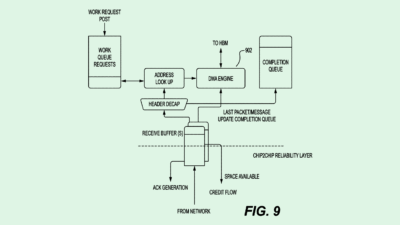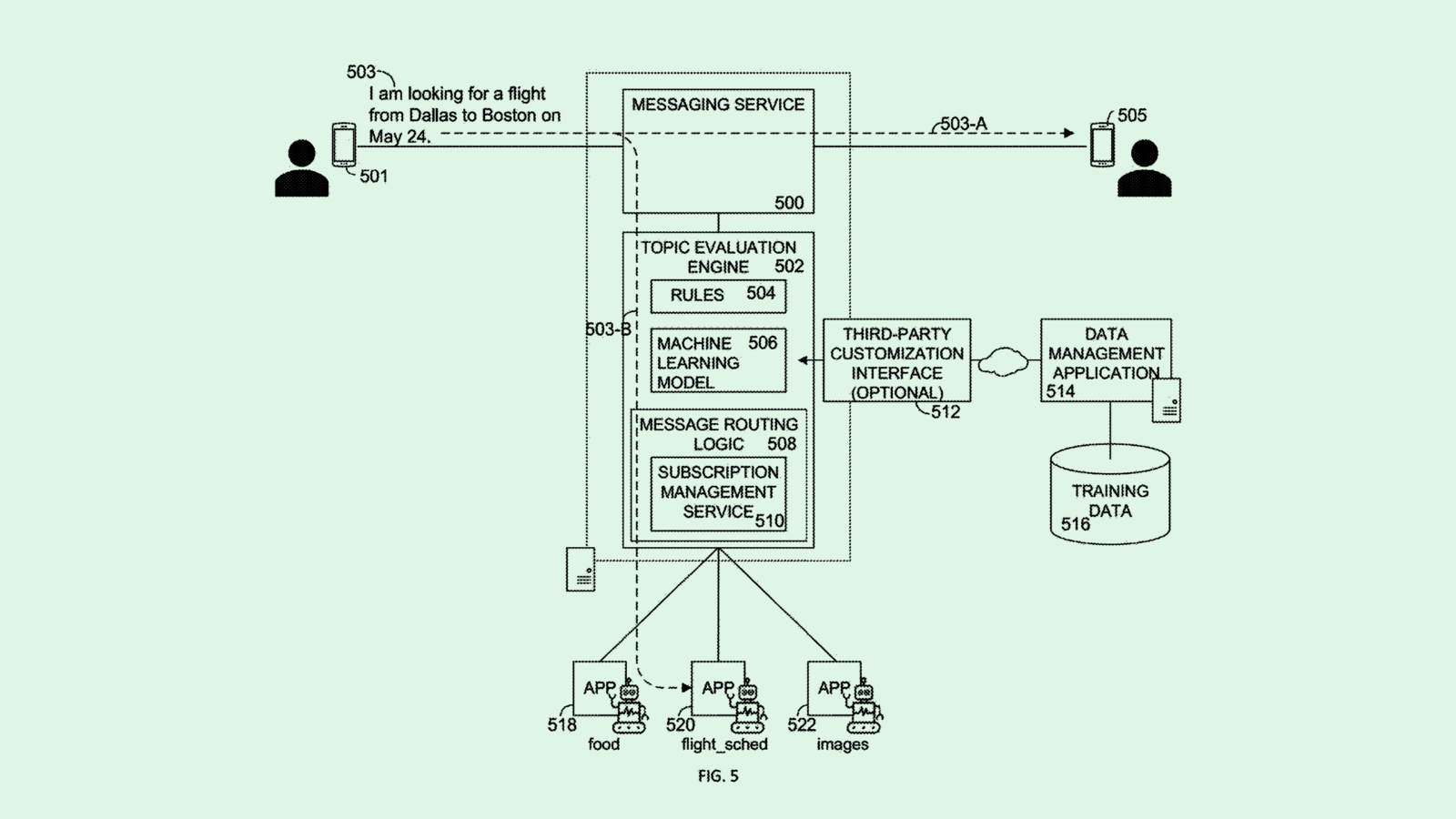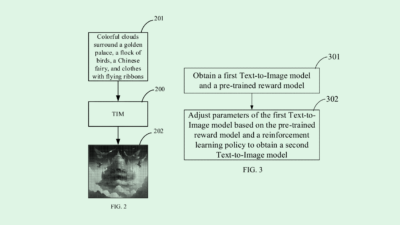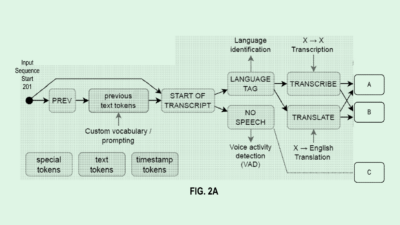Humane’s Patent Filings Give Hints at Upcoming AI Device
A dozen filings from Humane paint a potential picture of the secretive startup’s debut product offering.

Sign up to uncover the latest in emerging technology.
A number of recent patent filings from Humane hint at what may be in store for the tight-lipped startup’s first device.
The AI company, founded by an ex-Apple employee in 2018, filed more than a dozen patent applications that all lead back to a wearable multimedia device with many functions, several of which include “laser projection” of content via the device onto a user’s hands.
Here’s a breakdown of a few things the company is going after:
- Using a laser to project a virtual interface on a surface, modifying the appearance of the interface depending on the surface it’s projected (including a separate one that’s hand-specific and customizable depending on the hand);
- A “wayfinding device” that’s projected on a person’s hand to help guide people to different points of interest based on the device’s location;
- Projection of content onto a fingernail when the virtual interface surface is a user’s hand;
- A palm-projected message composition interface that works by the user performing different gestures;
- A speech-to-text message composition and editing feature;
- And a “context-sensitive” hand-projected home screen, which takes into account factors such as a user’s environment, location, time of day, and motion.
The startup has filed a few other patent applications in this vein in recent years, including some for laser-projected displays and body-worn devices. Adding these inventions just further highlights the enigma of what’s to come from Humane (Though whether all, some, or any of these features will end up in the company’s upcoming device is still up in the air).

Humane has been stingy with the details of its debut device. In June, the company gave a small peek into its first offering: It revealed the name – the “The Humane Ai Pin” – and announced that it would be partnering with Qualcomm on the device, powered by its Snapdragon mobile processor.
Humane did give a scant description of what it may do: “The connected and intelligent clothing-based wearable device uses a range of sensors that enable contextual and ambient compute interactions.”
And in April, Humane CEO and founder Imran Chaudhri debuted some of its features for the first time publicly at a TED talk. The presentation included taking a call via a hand-projected phone interface, asking the device for a recommendation on where to shop, and transcribing a phrase into French in Chaudhri’s own voice using an AI speech model. Chaudhri also noted that the device relies on machine learning, and grows better with use over time in what he called an “ever-evolving, personalized form of memory.”
“We spent thousands of hours reimagining and redesigning new types of compute interactions,” Chaudhri said. “Why fumble for your phone when you can just hold an object and ask questions about it? The result almost feels like the entire world becomes your operating system.”
Despite revealing little about what it actually did for the first four years of its existence, Humane has drawn in millions in venture funding from high-profile investors. It closed its $100 million Series C funding round in March, led by Kindred Ventures and including support from Microsoft, Tiger Global and OpenAI’s Sam Altman. The round brought the company’s total funding up to $230 million.
Funding isn’t the only support Humane has received: As part of the announcement, Humane said OpenAI will integrate its technology into the device, and Microsoft will “bring its services platform to market.”











